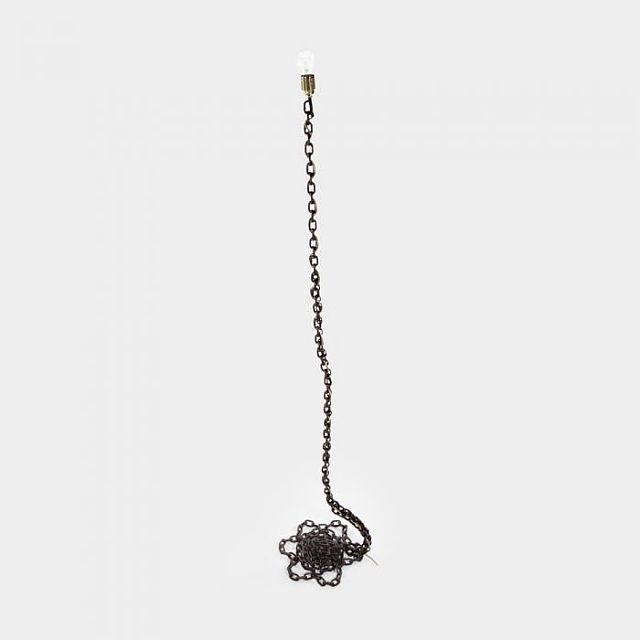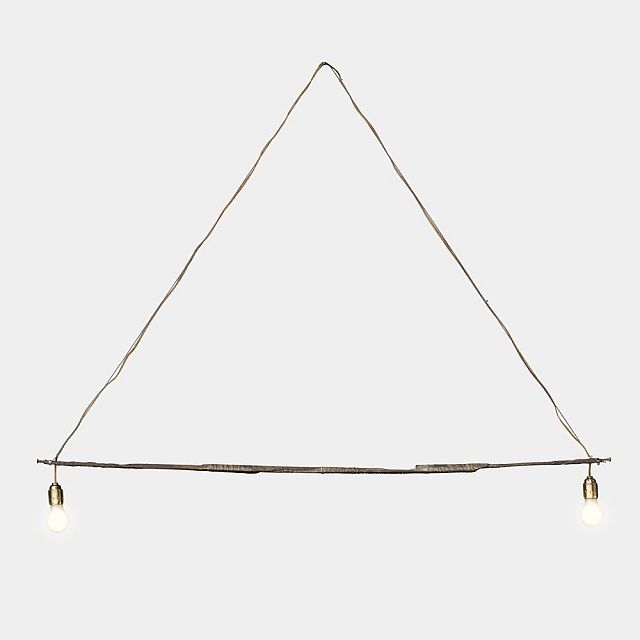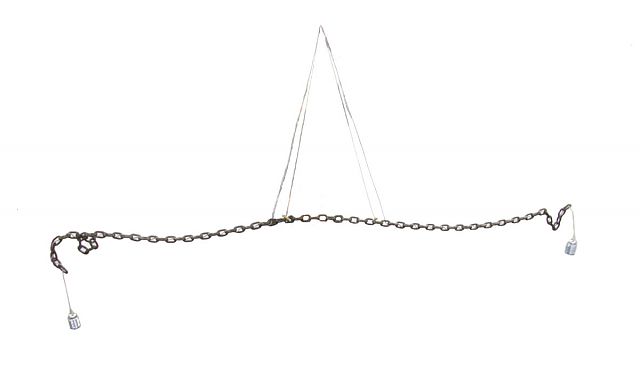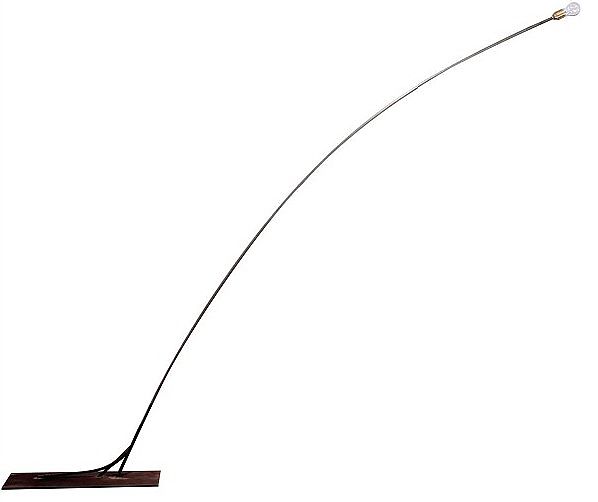Franz West
BIOGRAPHY
Franz West (16 February 1947 – 25 July 2012) was an Austrian artist.
He is best known for his unconventional objects and sculptures, installations and furniture work which often require an involvement of the audience.
West's artwork is typically made out of plaster, papier-mâché, wire, polyester, aluminium and other, ordinary materials. He started to produce paintings, but then turned to collages, sculptures, portable sculptures called "Adaptives" or "Fitting Pieces", environments and furniture – "welded metal chairs and divans, some minimally padded and upholstered in raw linen." For his early sculptures, West often covered ordinary objects—bottles, machine parts, pieces of furniture and other, unidentifiable things—with gauze and plaster, producing "lumpy, grungy, dirty-white objects".
In the late 1990s, West turned to large-scale lacquered aluminum pieces, the first (and several after) inspired by the forms of Viennese sausages, as well as the shapes of the Adaptives. With their monochrome colors and irregular patchwork surfaces, these works were also meant for sitting and lying.
The Baltimore Museum of Art with help from former Senior Curator of Contemporary Art, Darsie Alexander, hosted the very first "comprehensive survey" to ever been done in the U.S. of Franz West's artwork which contained his latest artwork designed specifically for the Baltimore Museum of Art, The Igo and the Id. – which "consists of two configurations of rumpled, ribbon-like loops rising some 20 feet high. One is bright pink, the other neatly painted in blocks of green, yellow, blue and orange. Both have round stools projecting from the lower ends of the loops."
Throughout his career, West engaged in collaborations with other artists, such as conceptual Artist Bernhard Cella, conceptual artist Douglas Gordon, musician Fred Jellinek, furniture maker Mathis Esterhazy, and the artist Tamuna Sirbiladze (West's widow).



